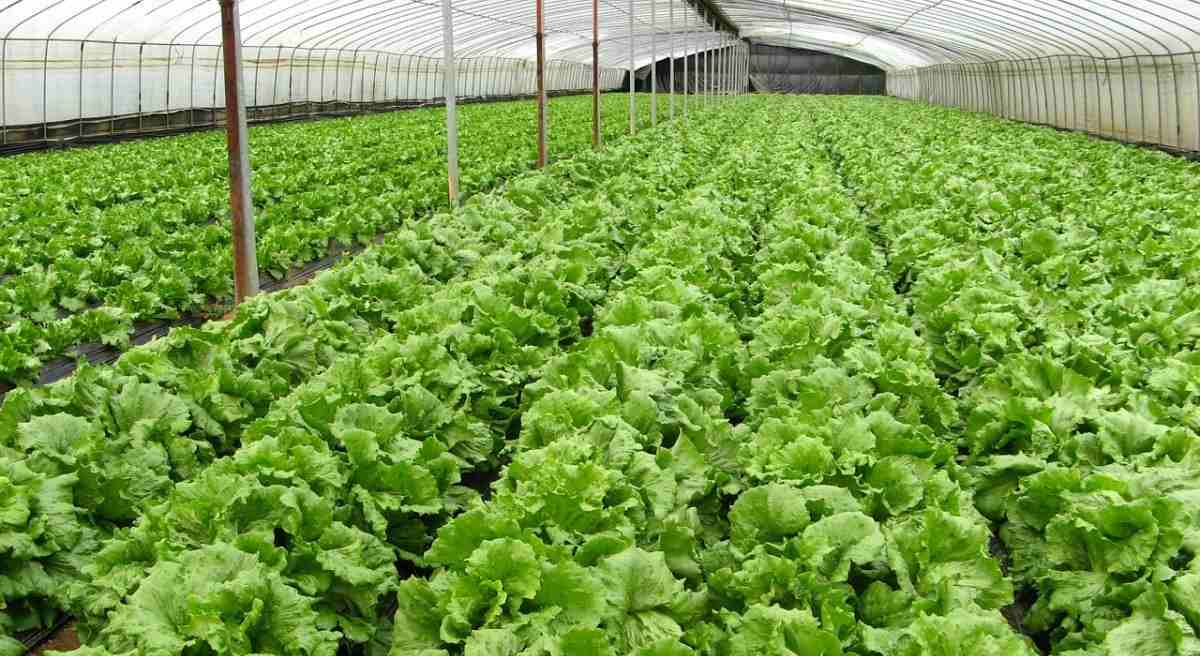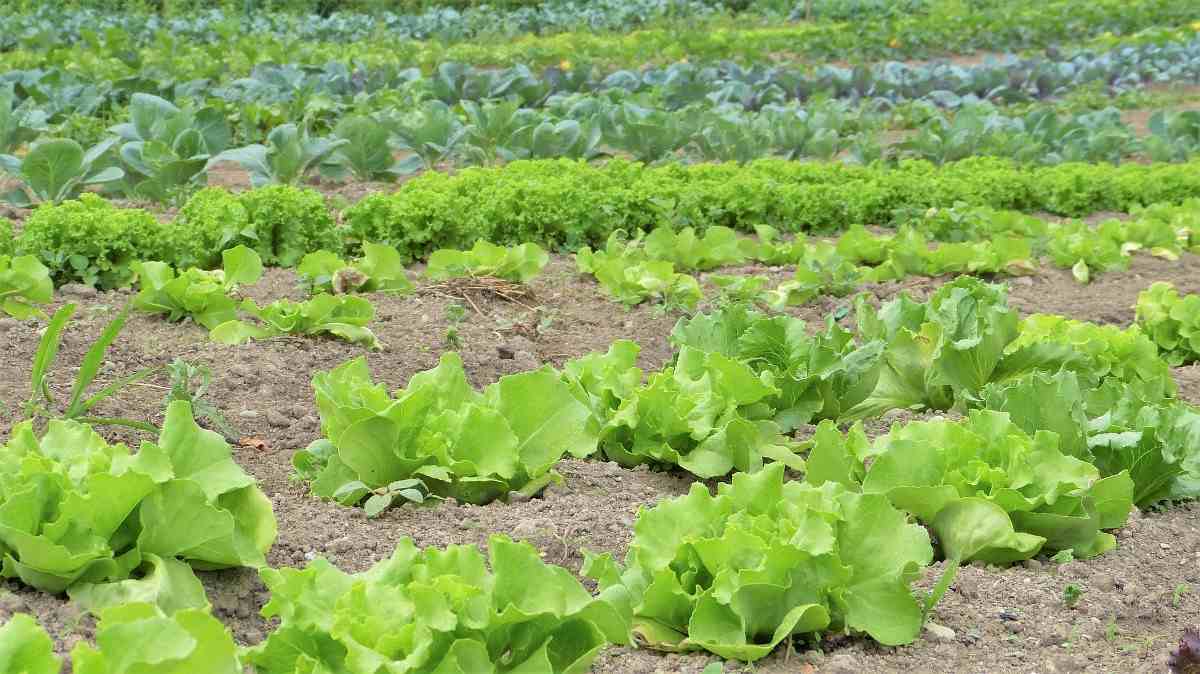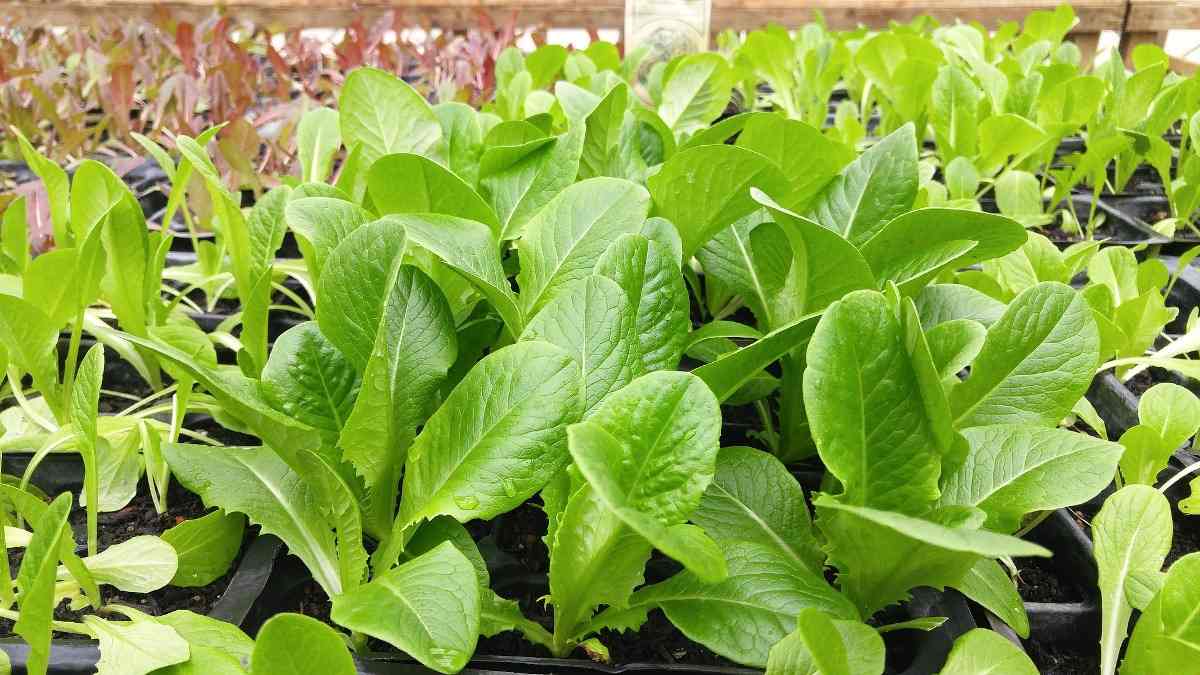Introduction to methods of organic farming
Organic farming is a farming method that involves growing crops without the use of synthetic based fertilizers and pesticides. And, no genetically modified organisms are permitted. Organic standards are designed to allow the use of naturally occurring substances while prohibiting and strictly limiting synthetic substances. Organic agriculture farming is a production system that sustains the health of soils, ecosystems, and people. And, it relies on ecological processes, biodiversity, and cycles adapted to local conditions, rather than the use of inputs with adverse effects.
A step by step guide to methods of organic farming
Organic farming in India is a method that inherently includes crop production and animal rearing. This involves the use of biological materials to avoid artificial chemicals to maintain soil fertility and ecological balance and thus reduce contamination and waste. In other words, Organic farming involves growing and nurturing crops without the use of fertilizers and pesticides based on synthetics. It is not allowed to have genetically modified organisms. Organic farming is a method, which involves the cultivation of plants and rearing of animals in natural ways.

Characteristics of organic farming
The key characteristics of organic farming consist of;
- Protecting the long term soil fertility by maintaining organic matter levels, encouraging soil biological activity, and careful mechanical intervention.
- Providing crop nutrients indirectly using insoluble nutrient sources which are made available to the plant by the action of soil micro-organisms.
- Nitrogen self-sufficiency through the use of legumes and as well as effective recycling of organic materials including crop residues and livestock manures.
- Careful attention to the impact of farming on the wider environment and the conservation of wildlife and natural habitats.
- Organic farming makes use of pesticides and fertilizers if they are considered natural and avoids the use of several petrochemical fertilizers and pesticides.
- Crop rotation is one of the major constituents of this kind of farming. In this process of farming a great emphasis is laid on maintaining the health of the soil by crop rotation.
- The farmers grow leguminous plants with crops to recharge the soil with atmospheric Nitrogen which is an important mineral necessary for bumper crop production.
- These leguminous plants through their roots nodules fix Nitrogen into the soil to create it fertile once again.
Objectives of adopting organic farming
Organic farming may be adapted to;
- Increase genetic diversity.
- Promote more usage of natural pesticides.
- Make sure the right soil cultivation at the right time.
- Keep and build good soil structure and soil fertility.
- Control pests, diseases, and weeds.
Different methods of organic farming
Differences between conventional farming and organic farming; organic farming methods combine scientific information of modern technology with traditional farming practices based on naturally occurring biological processes. Organic farming methods are mainly studied in the field of agroecology. The principal methods of organic farming contain crop rotation, green manures and compost, biological pest control, and mechanical cultivation. The organic method is done to release nutrients to the crops for increased sustainable production in an eco-friendly and pollution-free environment. It aims to produce a crop with a high nutritional value and there are various methods by which organic farming is practiced are as follows;
Crop diversity
Crop diversity referred to as plant genetic resources for food and agriculture (PGRFA), embrace the diversity within and among crops, their wild relatives and wild edible plant species. This crop diversity has evolved over thousands of years in a dynamic interaction between nature and humans, as part of their agricultural activities. It mainly provides the biological foundation for food production and food security and contributes to economic development. It refers to crops and varieties that farmers cultivate and use as part of their subsistence.
Crop diversity helps environments thrive and also protects species from going extinct. The different ways to improve crop diversity within organic cereal production, but in practice these methods are rarely used, and except for variety mixture and species mixtures, little research is invested to investigate the potential in agriculture and organic farming in particular.
Farmers rely on different combinations of a major (staple) crops grown on relatively large areas by most households (e.g. white and yellow maize, white sorghum, millet, cassava, and groundnuts) and a large number of crops grown on small areas (e.g. pumpkin, peas, beans, vegetables, tobacco, potatoes). Within this organic system, increasing the diversity of varieties of a given crop in a farmer’s field improves the chances that the crop will cope better with insects, diseases, or environmental stresses such as drought, heat, or floods. The different characteristics of the diverse varieties can potentially reduce the losses as a result of these hazards, whereas when one plant variety is grown, the vulnerability of the crop to the hazards becomes higher. The expected climatic and environmental changes will place unprecedented stress on agricultural systems and, the most diverse cropping systems, (i.e. those with the widest genetic diversity) are likely to be the most adaptable. An adequate range of crop diversity allows farmers to undertake practices that protect them against different hazards and risks, and provide them with a kind of insurance against the unknown, as such farmers and farming systems become resilient to natural hazards. For instance, crop and varietal diversity, farmers can;
- Stagger their planting and plant harvest to avoid peak hazard periods or to recover from a hazard;
- Ensure consistent availability and a wider variety of food;
- Spread labor requirements in the field; and
- Adapt to new environmental situations, the market system, and evolving local needs.
Crop rotation
Crop rotation is the method of planting crops in a different area of the garden so that no single crop will be planted in the same place two or more years in a row. Crop rotation helps to keep soil structure and nutrient levels and to prevent soil-borne pests from getting a foothold in the garden. When a single crop is planted in the same place every year, the soil structure slowly deteriorates as the nutrients are used time and time again. After a few years, the soil becomes unhealthy and drained of those specific nutrients. Simultaneously, insect pests that feed on the single crop and spend their larval stage in the soil become more prolific as their food source remains. Then, these pests become harder to manage every year as their population increases.
Crop rotation is beneficial for four reasons;
(1) Plants that fix nitrogen, such as peas and legumes, improve soil quality for future vegetables planted in the same bed.
(2) Alternating shallow-rooted plants and deep-rooted plants in a given area draws nutrients from the soil at varying depths.
(3) Soil-borne pests that feed on one family of plants are hindered as their food source is not in the same location every year.
(4) Farmers who practice crop rotation do not need to let beds or fields lie fallow (crop-free) as often as they might otherwise.
Biological pest control
The agricultural field contains a mixture of the organism, some of which are used for plant cultivation and some are damaging. The development of these organisms should be under control to guarantee the protection of the field and the crops. Pesticides and herbicides that comprise fewer chemicals or natural can be used for pest control. A process in which living organisms are used to control pests, without or with limited use of chemicals.
Soil management
After the crop cultivation, the soil loses its nutrients and its quality depletes. Organic farming initiates the use of natural ways to increase the health of the soil. It focuses on the use of bacteria that is present in animal waste which helps in making the soil nutrients productive to enhance the soil. Organic farming uses a variety of methods to improve soil fertility, including crop rotation, reduced tillage, cover cropping, and application of compost. By reducing soil tillage, the soil is not inverted and exposed to air; less carbon is lost to the atmosphere resulting in more soil organic carbon. Then, this has an added benefit of carbon sequestration, which can reduce greenhouse gases and help reverse climate change.
In case if you miss this: NABARD Schemes for Fish Farming in India.

Plants require a large number of nutrients in various quantities to flourish. Supplying enough nitrogen and mainly synchronization so that plants get enough nitrogen at the when plants need it most, is a challenge for organic farmers. Crop rotation and green manure help to give nitrogen through legumes, which fix nitrogen from the atmosphere through symbiosis with rhizobial bacteria. Intercropping, which is sometimes used for insect and disease control, can increase soil nutrients, but the competition between the legume and the crop can be problematic and wider spacing between crop rows is required.
Green manure
It refers to the dying plants that are uprooted and stuffed into the soil to make them act as a nutrient for the soil to increase its quality. Green undecomposed material used as manure is known as green manure. It is obtained in two ways they are; by growing green manure crops or by collecting green leaf (along with twigs) from plants grown in wastelands, field bunds, and forest. Green manuring is growing in the field plants belonging to the leguminous family and incorporating into the soil after sufficient growth. And, the important green manure crops are cluster beans, sunn hemp, and dhaincha, pillipesara, and Sesbania rostrata.
Compost
Compost highly rich in nutrients and this is a recycled organic matter used as a fertilizer in the agricultural farms. Compost farming transforms raw organic residues into humus-like material through the activity of soil microorganisms. Mature compost stores well and biologically stable, free of unpleasant odors, and easier to handle and less bulky than raw organic wastes. Composting can reduce or eliminate weed seeds and plant pathogens in organic residues. Compost provides benefits as a soil amendment and a source of organic matter by improving soil biological, chemical, and physical characteristics;
- Increases microbial activity
- Enhances plant disease suppression
- Increases soil fertility
- Improves soil structure in clayey soils
- Improves water retention in sandy soils
- Reduces bioavailability of heavy metals
Weed management
Weed management in organic farming promotes weed suppression, rather than weed elimination, by enhancing crop competition and phytotoxic effects on weeds. Organic standards need a rotation of annual crops, meaning that a single crop cannot be grown in the same location without a different, intervening crop. To develop organic methods to promote the growth of natural microorganisms that suppresses the growth and germination of common weeds. The two widely used weed management techniques are;
Mulching – A procedure where we use plastic films or plant residue on the surface of the soil to block the growth of weed.
Mowing or Cutting – It is a procedure, where there is a removal of weeds’ top growth.
Controlling other organisms
There are useful and harmful organisms in the agricultural farm which affect the field. The growth of organisms needs to be controlled to protect the soil and crops. This can be done by the use of herbicides and pesticides that contain fewer chemicals or are natural. Also, proper sanitization of the entire farm must be maintained to control other organisms.
Livestock
Organic livestock farming instigates domestic animals to use to increase the sustainability of the farm. Then, there can be no better place for pet animals to get fresh air, food, and a great exercise than the green farm. While, everything is preferred to be in a natural way, just like the animals were used as labor in the earlier times for plowing, organic agriculture encourages the use of domestic animals to increase the sustainability of the organic farm. Organic livestock farming is a land-based activity.
Genetic modification
Organic agriculture encourages the use of natural ways to enhance the farm, plants, and soil; there is a discouragement of genetically engineered animals and plants. Thus, genetic modification is kept out of this agriculture. Though, there is an argument keeping in mind that the pollen present in such modified crops is present in the stock of seeds used for organic agriculture, making it impossible to keep completely out of organic agriculture.
Organic agriculture is being conducted by many countries with the rejection of using methods and chemicals that harm animals, crops, soil, environment, and even human health. Thus, such a process of agriculture should be encouraged since it acts as a protective shield to all the main factors that form the planet.
Commonly asked questions about organic farming
You may also check this: Vegetable Farming Profit Per Acre, Model Project Report.

Why is organic farming important?
Organic farmers utilize practices that improve fertility, soil structure, and biodiversity and reduce erosion. Though, reduce the risks of human, animal, and environmental exposure to toxic materials.
What are the basic principles of organic farming?
The Principles of organic farming are organic farming should sustain and enhance the health of the soil, plants, animals, and humans as one and indivisible. Organic farming must be based on the living ecological systems and cycles, work with them, emulate them, and help sustain them.
Is organic farming profitable in India?
Organic farmers find it difficult to get good markets for their organic food produce. But, with a bit of hard work and understanding of nature, any farmer can earn a minimum of Rs 10 lakh per annum.
What do organic farmers use?
Organic methods are studied in the field of agroecology. Organic farmers are restricted by regulations to using natural pesticides and natural fertilizers.
Why is crop diversity important?
Crop diversity is fundamental to agricultural plant growth. They can produce varieties that resist pests and diseases, providing protection against crop failure and better insulating poor farmers from risk.
What is the main difference between organic farming and natural farming?
Organic farming uses organic chemicals, organic pesticides, and organic fertilizers and prepared compost. Whereas, Natural farming uses manure from animals and nitrogen fixers. They use compost but it is not prepared and nature does all of the composting.
Which natural pesticides are not allowed in organic farming?
Some naturally derived pesticides are not allowed for use on organic farming methods. Some of these include nicotine sulfate, arsenic, and strychnine.
What chemicals are used in organic farming?
There are many natural-based substances used as pesticides that are allowed in organic farming. These contain neem oil, diatomaceous earth, and pepper.
You can watch a short video of organic farming here:
You should not miss this: How to Make Money from an Organic Compost.
Please forward all relate material on organic farming to me.
thanks good information for me to guide to organic farming in my village
I am new to your posts, finding much informative and helpful in learning agriculture activities.
Very informative
Thanks its very important to learn for ne about agriculture activies
Very informative
Nice post this post helpful for start Organic farming.
so infomative..